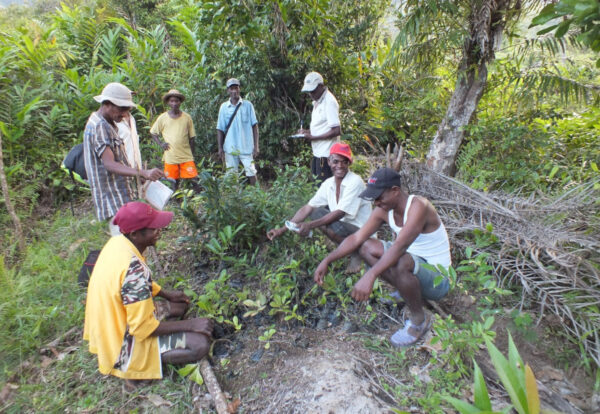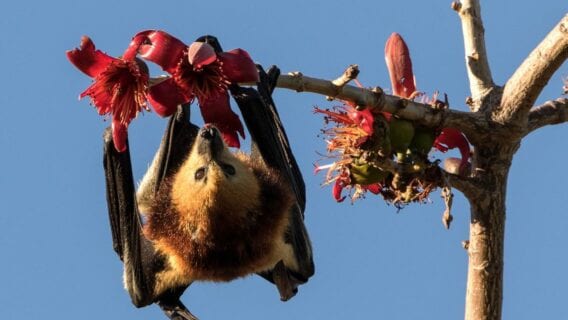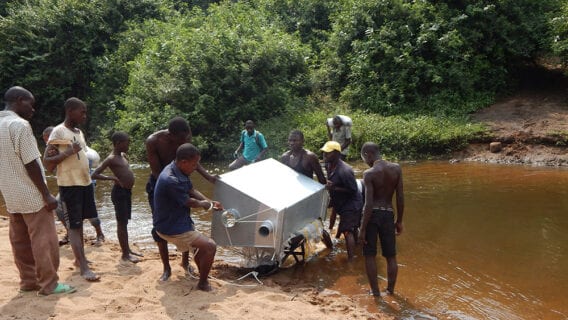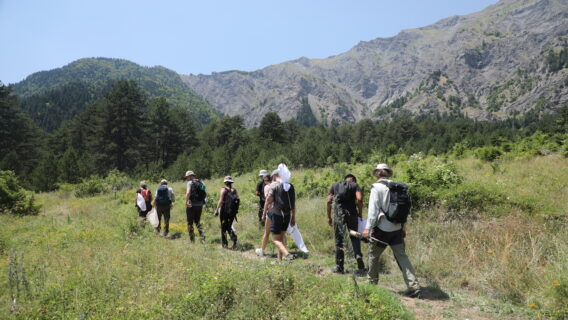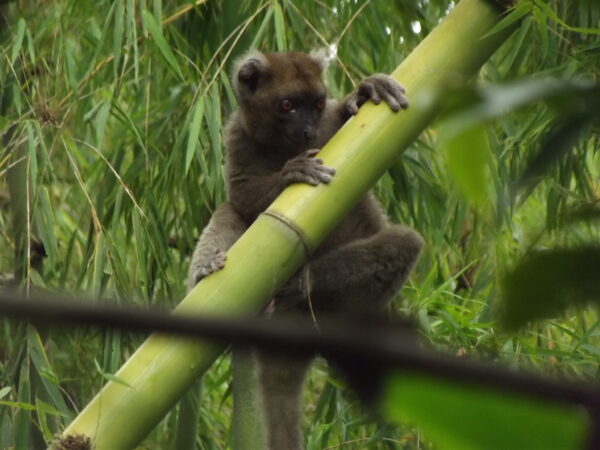
Securing the Future of Lemurs and Forests: Strengthening Long-Term Conservation in Andriantantely
Project description
Andriantantely is one of the largest remaining lowland rainforest fragments in eastern Madagascar, surrounded by bamboo thickets that provide a vital food source for bamboo lemurs, including the Critically Endangered greater bamboo lemur. It is part of the Key Biodiversity Area known as the Ankeniheny-Zahamena Corridor however, it faces considerable threats and pressures, many of which originate from the human populations in and around the area. The subsistence lifestyle of the rural communities results in harmful activities such as slash-and burn agriculture and hunting.
This project aims to support local people of all ages in improving natural resource management and sustainably using ecosystem services to reduce these threats, while also enhancing community resilience to climate change and improving livelihoods. Restoration activities, such as invasive species removal and reforestation, will further aid in repairing damaged habitats.
This project is implemented by The Aspinall Foundation.
Threats

Habitat loss & degradation

Invasive alien species

Over-exploitation of natural resources & prey depletion
Project objectives
The overall aim of the project is to significantly increase and stabilize populations of four Critically Endangered lemur species found in and around the Andriantantely lowland rainforest: the greater bamboo lemur, the black-and-white ruffed lemur, the indri, and the diademed sifaka. To achieve this, the project will:
- Strengthen community management capacities through the development of local community-based organisations, known as Vondron’Olona Ifotony (VOIs) .
- Empower local communities to build resilience to climate change, develop sustainable livelihoods, and become active stewards of lemur habitat.
- Increase the quality of lemur habitat by reducing pressures and threats affecting both the lemurs and their environment.
Project activities
- Support the transfer of management contracts for five VOIs, enabling their continued authority over natural resource management and the establishment of designated zones for protection, restoration, and customary use within their areas.
- Implement training programs for local community members on sustainable land management, with an emphasis on climate-smart agriculture, agroforestry, and crop diversification for income and consumption.
- Conduct locally led patrols to strengthen the protection of lemurs and their habitats within protected areas.
- Provide teacher training on environmental education and climate-smart agriculture to encourage integration into the mainstream school curriculum, alongside establishing school market gardens that offer practical experience for teachers and students while supplying nutritious food.
- Carry out habitat restoration activities, including establishing tree nurseries for reforestation and removing invasive alien species.

